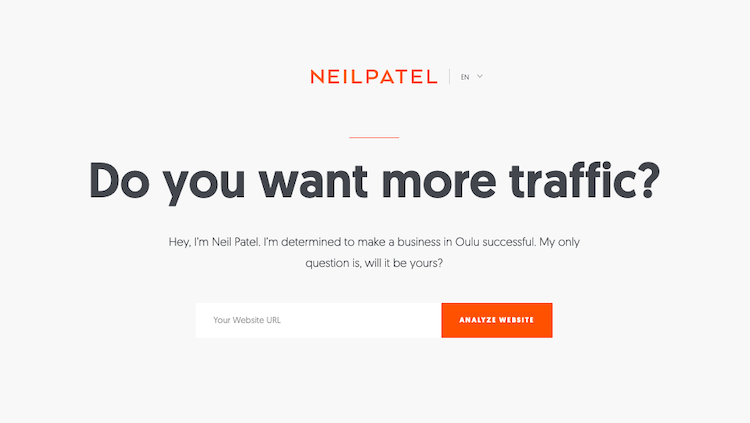Creating Engaging Call-to-Actions: Boosting Conversions on Your Website
Welcome to our blog post on creating engaging call-to-actions (CTAs) to boost conversions on your website. CTAs play a crucial role in guiding visitors towards specific actions that drive conversions. In this article, we’ll explore the importance of CTAs, provide practical tips for creating compelling CTAs, discuss best practices for visually appealing designs, and address common questions regarding their implementation and measurement.
We specialise in helping businesses create engaging call-to-actions (CTAs) that drive conversions and achieve their goals. We understand the importance of compelling CTAs in capturing the attention of visitors and guiding them towards taking desired actions.
 Why Effective CTAs Matter – A great website design is just the beginning. To turn visitors into customers or leads, you need to strategically place powerful CTAs that entice and motivate them to act. Whether it’s making a purchase, filling out a form, or subscribing to a newsletter, CTAs serve as signposts, leading visitors down the conversion path.
Why Effective CTAs Matter – A great website design is just the beginning. To turn visitors into customers or leads, you need to strategically place powerful CTAs that entice and motivate them to act. Whether it’s making a purchase, filling out a form, or subscribing to a newsletter, CTAs serve as signposts, leading visitors down the conversion path.
Our Expertise in Crafting Effective CTAs – With years of experience in web design and digital marketing, our team is well-versed in the art of creating engaging CTAs. We understand that an effective CTA is more than just a button or a phrase – it’s a carefully crafted element that combines persuasive messaging, compelling design, and strategic placement.
Boosting Conversions through Compelling CTAs – Our approach to boosting conversions starts with a deep understanding of your target audience and your unique business goals. We work closely with you to develop CTAs that resonate with your visitors, spark curiosity, and ultimately drive them to act. Whether it’s optimising existing CTAs or creating entirely new ones, our focus is on delivering measurable results.
Best Practices for Engaging CTAs – We employ best practices in CTA design to ensure maximum impact. Our team carefully selects colours, fonts, and visual elements that align with your brand and captivate your audience. We craft persuasive copy that speaks directly to your visitors’ needs, leveraging proven techniques such as urgency, social proof, and personalised messaging.
Tracking Success and Continuous Improvement – We don’t stop at creating engaging CTAs – we also believe in data-driven decision-making. Through robust analytics and conversion tracking, we measure the performance of your CTAs, allowing us to make data-backed adjustments and continuously improve their effectiveness. Our goal is to maximise your conversion rates and help you achieve tangible results.
If you’re ready to take your website’s conversions to the next level, we’re here to help. Contact us now to learn more about our expertise in creating engaging call-to-actions and boosting conversions on your website. Together, we’ll create a winning strategy that drives results and helps your business thrive.
Here is a list of the most common questions asked about Creating Engaging Call-to-Actions and some tips to improve your website engagement:
What is a call-to-action (CTA) and why is it important for my website?
A call-to-action is a prompt that encourages visitors to take a specific action, such as making a purchase, subscribing to a newsletter, or signing up for a service. CTAs are essential for driving conversions and achieving your website’s goals. They serve as signposts, guiding visitors and prompting them to engage further.
How can I create compelling call-to-actions that drive conversions?
To create compelling CTAs, start by defining your objective and aligning it with the user’s needs. Use clear and concise language that conveys the value proposition and encourages action. Employ persuasive techniques, such as urgency, scarcity, and social proof, to motivate visitors. Testing different designs, colours, and placements will help you identify what works best for your audience.
Best practices for designing visually appealing CTAs that stand out.
Design visually appealing CTAs by using contrasting colours that grab attention. Make them visually distinct through size, shape, or styling. Utilise white space to reduce clutter and enhance readability. Incorporate compelling imagery or icons that align with your brand and message. Ensure that your CTA’s text is clear, and concise, and communicates the desired action effectively.
Should I use text-based or button-based CTAs? Which one is more effective?
Both text-based and button-based CTAs can be effective, depending on the context. Text-based CTAs can be discreet and blend seamlessly with content, while button-based CTAs stand out and are easily clickable. Consider the overall design of your website and the prominence you want your CTAs to have. Conduct A/B testing to determine the most effective option for your audience.
Optimising the placement of CTAs on your website to maximise conversions.
Optimise CTA placement by considering visibility and context. Place CTAs above the fold where they are immediately visible. Position them strategically within the content or near relevant information. Consider sticky CTAs that remain visible as visitors scroll. A/B test different placements to identify the optimal positioning for improved conversions.
Persuasive techniques to make your CTAs more compelling.
Make CTAs more compelling by employing persuasive techniques. Create a sense of urgency by using phrases like “Limited time offer” or “Act now.” Use social proof by including testimonials or reviews. Offer incentives or rewards for acting. Highlight the benefits visitors will gain by engaging with the CTA.
Specific words or phrases that increase click-through rates.
Certain words and phrases have been shown to be effective in increasing click-through rates. Examples include “Get started,” “Join now,” “Discover,” “Download,” “Exclusive,” “Free,” “Save,” and “Learn more.” However, it’s important to test and tailor the language to your specific audience and goals.
Using different CTAs for different pages or sections of your website.
Using different CTAs for different pages or sections can be beneficial. Tailor CTAs to the specific content and context of each page, ensuring relevance and continuity. Consider the user’s journey and their intent on each page. Experiment with different CTAs to optimise conversions based on specific page goals.
Tracking and measuring the success of your CTAs.
Track and measure CTA effectiveness by utilising analytics tools, such as Google Analytics, to monitor click-through rates, conversion rates, and other relevant metrics. Set up goals and event tracking to measure specific actions taken by visitors after clicking on CTAs. Use A/B testing to compare different CTA variations and determine the most successful ones.
Common mistakes to avoid when designing and implementing CTAs.
Avoid common CTA mistakes, such as using vague or ambiguous language, overwhelming visitors with too many CTAs, or making them difficult to find or interact with. Ensure proper contrast between the CTA and the background. Test different variations and iterate based on data-driven insights.
Creating engaging call-to-actions is a key strategy for boosting conversions on your website. By understanding the importance of CTAs, implementing effective design practices, utilising persuasive techniques, and tracking their performance, you can optimise your website’s conversion potential. Remember to continuously test, iterate, and adapt your CTAs based on user behaviour and analytics, ensuring their relevance and effectiveness over time. Happy optimising!

